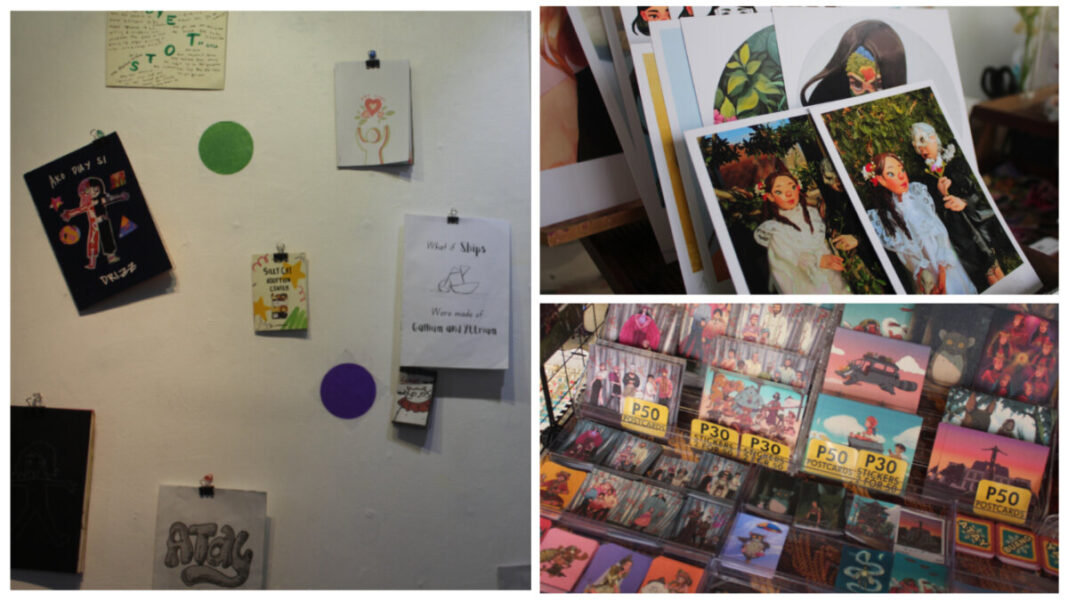Cebu’s art scene is a living, breathing canvas–one that thrives in the hands of artists who draw inspiration from everyday life, nostalgia, and the rich cultural fabric of the island.
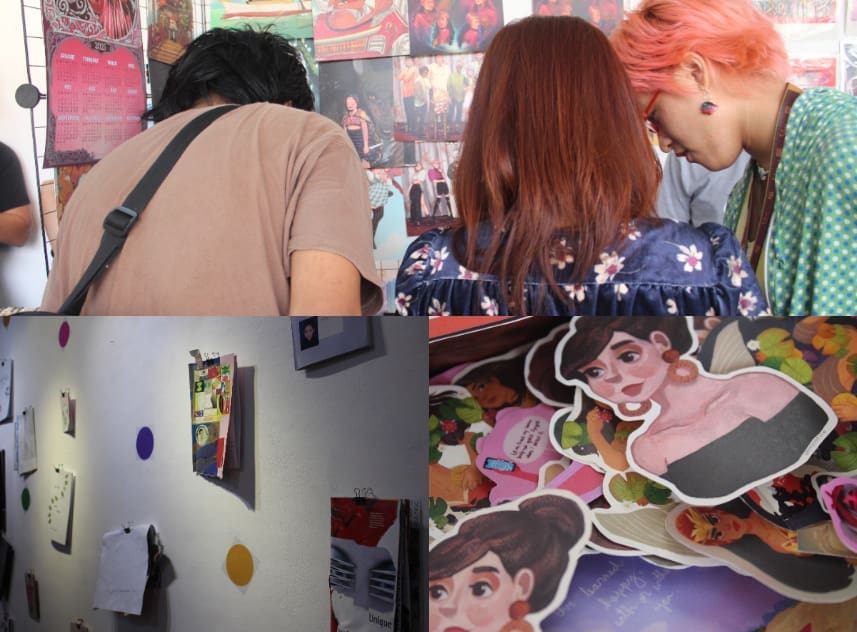
Cebuano creatives are shaping a movement that is both uniquely local and universally resonant.
More than just making art, these artists are storytellers, weaving Cebuano identity into their works.

But beyond the art itself lies a shared vision of fostering a thriving, inclusive, and sustainable creative community for both emerging and seasoned artists.
What does it mean to create art in Cebu today? Through the perspectives of these artists, we explore the heart of the city’s growing art movement, the struggles they face, and the hopes they carry for the future.
Art as a Reflection of Identity
For Bee and Sky of Skybuzz Express, art is a way to spread joy. Inspired by nature, fandoms, and personal moments, Bee infuses a playful, upbeat energy into their works. Meanwhile, Sky’s love for colorful palettes and cute everyday things translates into merchandise that resonates with others.
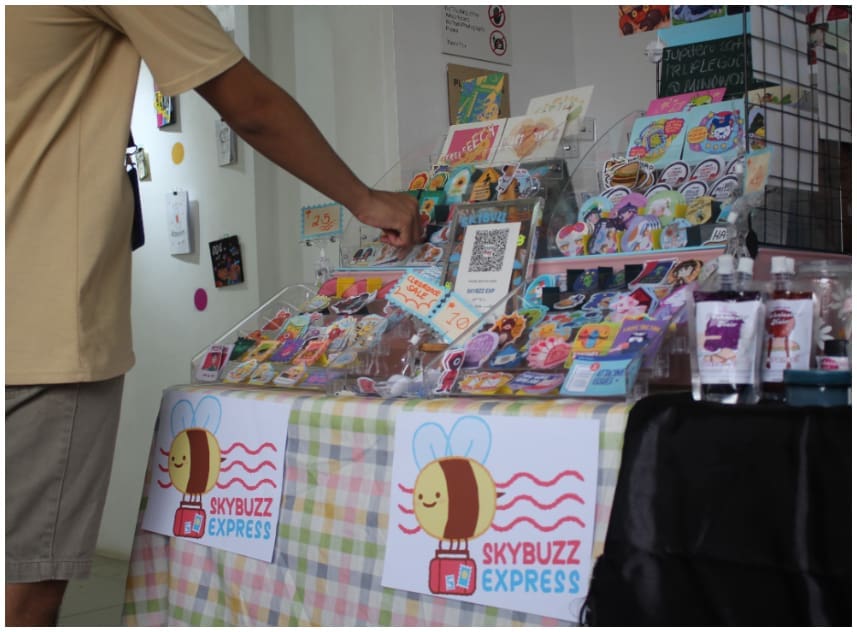
Their approach is simple but powerful–using Cebuano language and humor to create art that feels familiar and relatable.
Whether through stickers or prints, their goal remains the same: to make people happy and leave them with a smile.
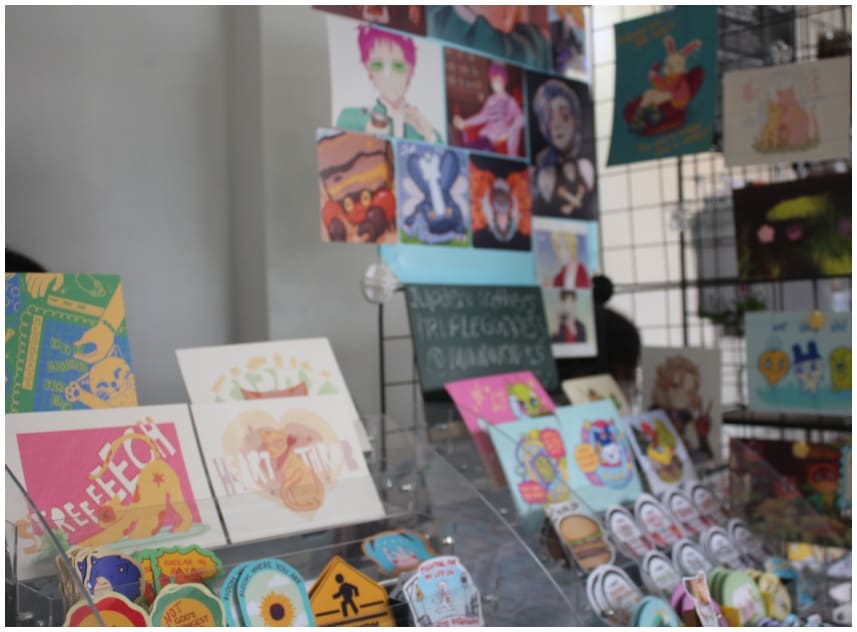
Similarly, SAFAD Student Council’s collaboration with Suite Hue reflects the deep connection between art, community, and identity.
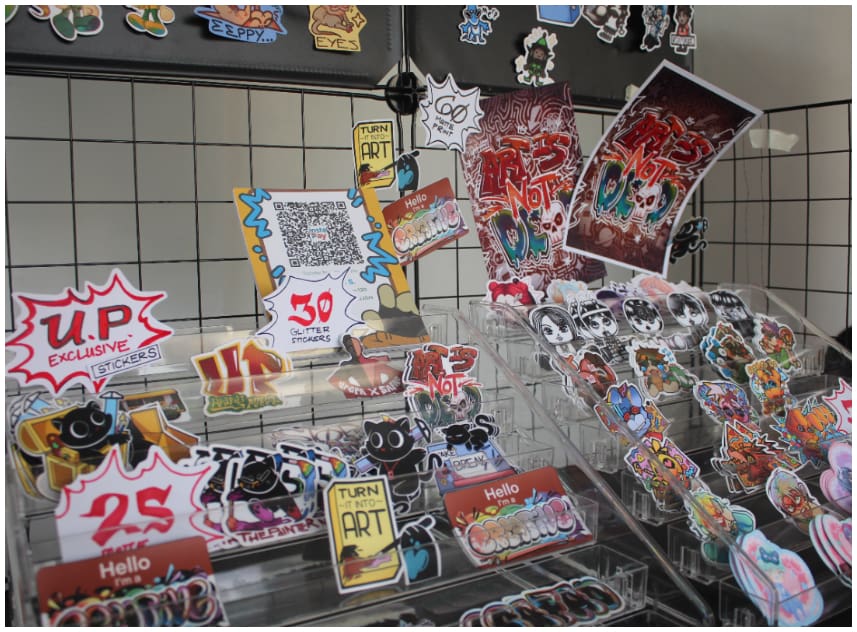
Their Valentine’s Day event sparked a creative synergy that led to more projects celebrating student individuality. From designing mascots inspired by the campus cats to crafting budget-friendly stickers that serve as conversation starters, their work embodies the intersection of art and student life.
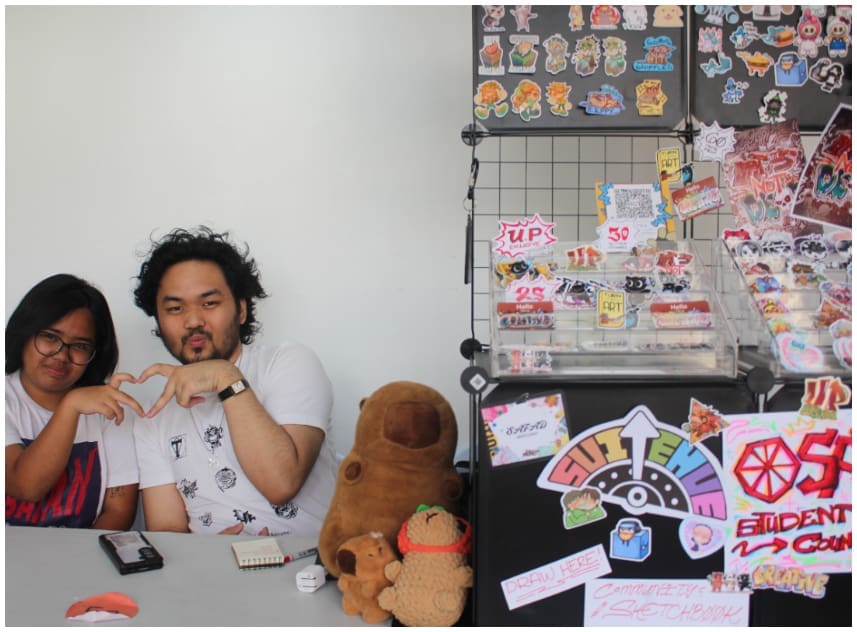
It’s about fostering a sense of belonging–one that extends beyond the classroom and into a shared creative space.
Art as a Personal and Political Statement
For Peony on Fire, art began as a deeply personal endeavor, evolving from Disney-inspired aesthetics to explicit Cebuano themes.
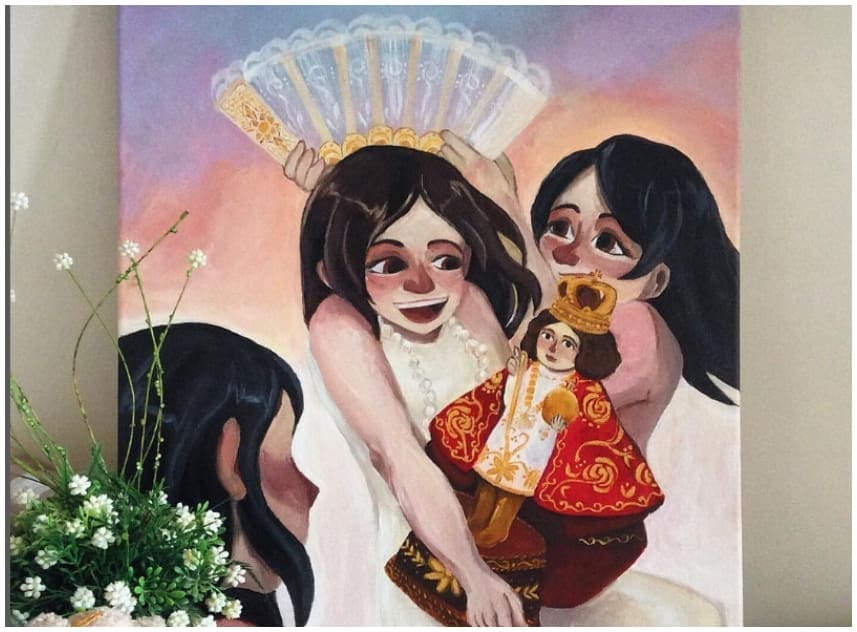
Over time, their work took on a more introspective tone, tackling themes of identity, womanhood, and social issues. While political art remains a challenge, Peony believes in starting with personal narratives—stories that one day may grow into larger conversations about society.

Through her work, she hopes to empower younger artists, encouraging them to find their voice and use art as a medium for self-expression and advocacy.
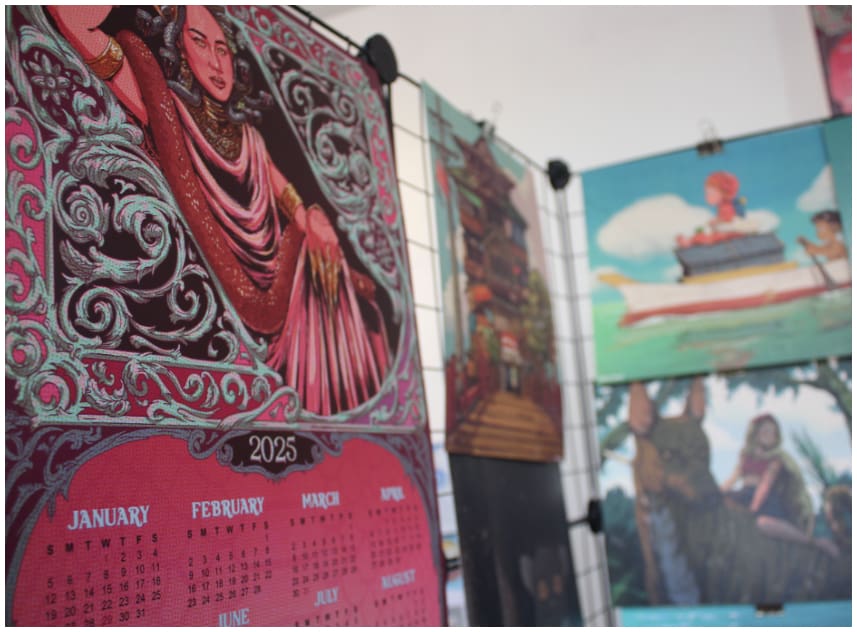
Bastinuod takes a different approach by using pop art as a means of cultural reclamation. Inspired by comic-style visuals, their work carries heavy themes but remains engaging and accessible.
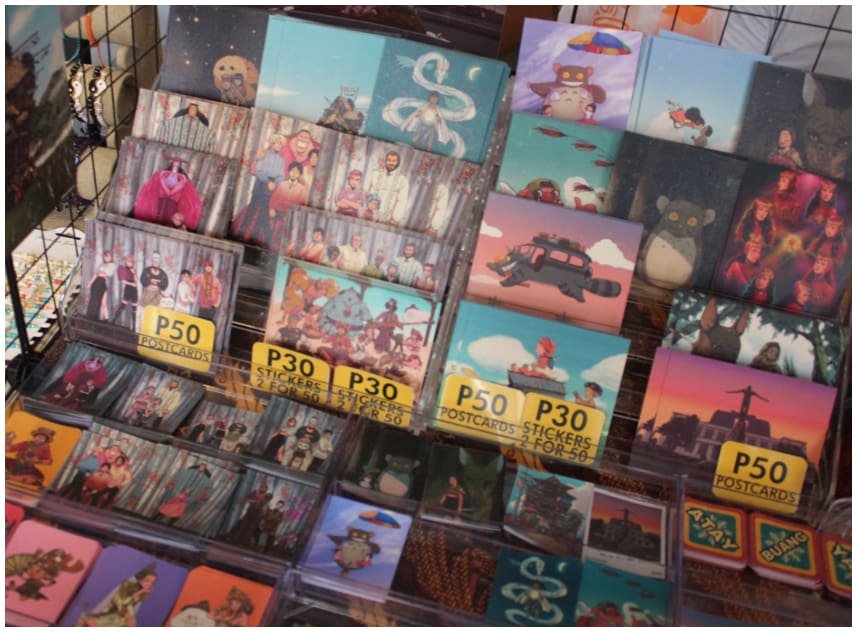
They challenge the notion that Filipino aesthetics are outdated or unrefined by injecting local elements into a genre often dominated by Western influences.
For them, embracing Cebuano culture through art is not just a choice–it’s a statement of pride and a call to action for others to do the same.
Art as an Ever-Growing Movement
Leanderthal, a pop surrealist sculptor and digital illustrator, highlights the need for more physical exhibition spaces in Cebu. While online platforms provide exposure, nothing compares to the experience of seeing an artwork in person.
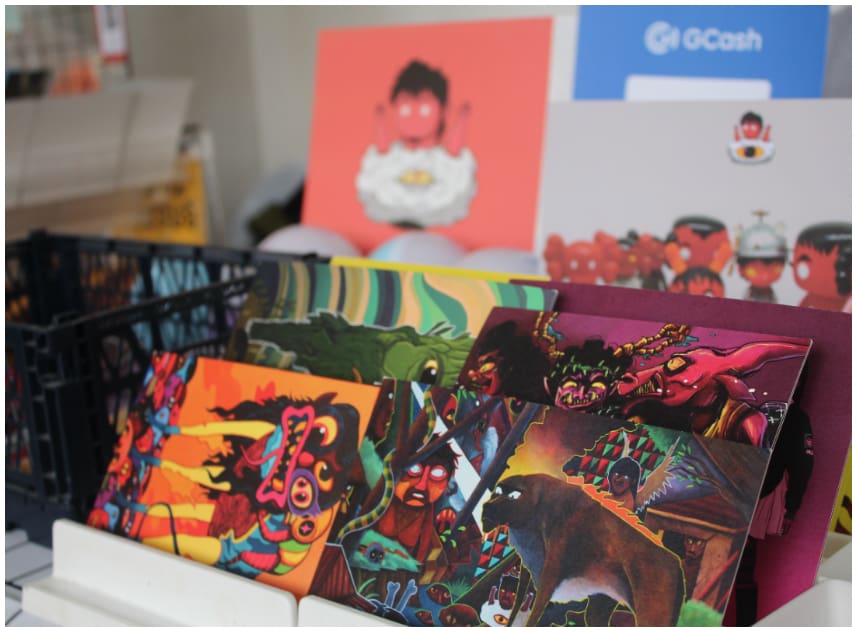
His maximalist compositions, filled with intricate details and layered meanings, invite viewers to engage with his work beyond a single glance. He envisions a Cebu where emerging artists have access to spaces that allow their creativity to flourish, making art more visible and accessible to the community.

Despite their unique styles and inspirations, all these artists share a common hope: to see Cebu’s art scene grow beyond its current limitations.
They dream of a future where Cebuano art is not just a niche but a recognized and celebrated part of the larger creative industry.
From con-goers to collectors, they hope to see more people supporting local artists–not just as consumers but as active participants in the movement.
Looking Forward: The Future of Cebuano Art
The road ahead is not without challenges. From the struggle of finding exhibition spaces to the ongoing battle of making art sustainable, Cebuano artists continue to push forward, driven by their love for their craft and community.
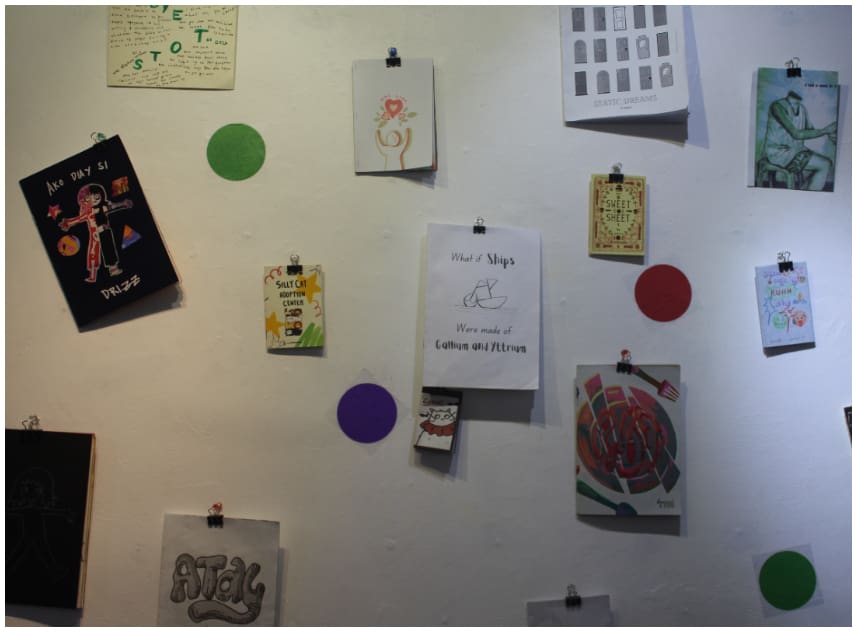
Yet, despite the roadblocks, there is an undeniable momentum fueled by passion, collaboration, and a deep-rooted pride in being Cebuano.
In Cebu’s art scene, Cebuano artists are carving out a space where their voices can be heard and their visions can thrive.
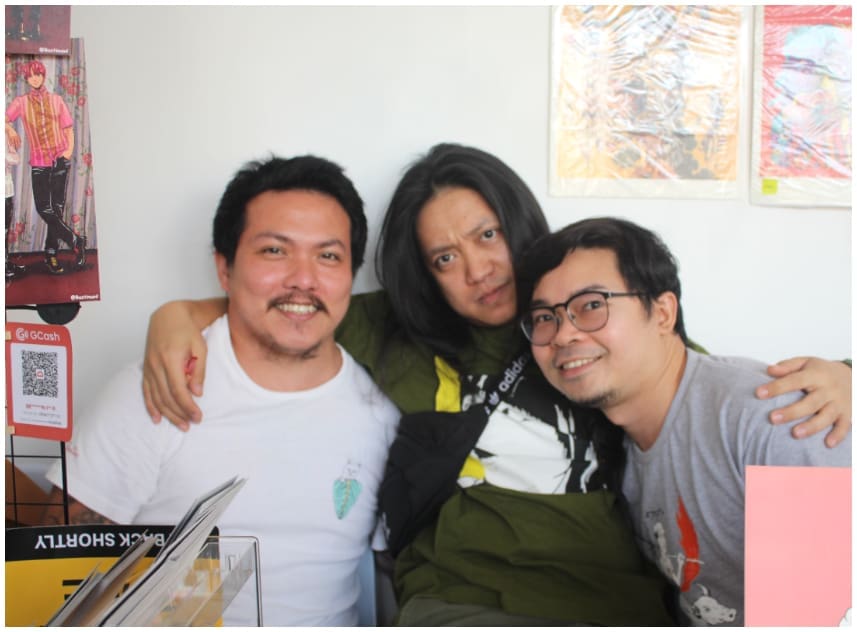
As this creative movement grows, one thing remains certain: Cebu’s art scene is here to stay, and it’s only getting started.

